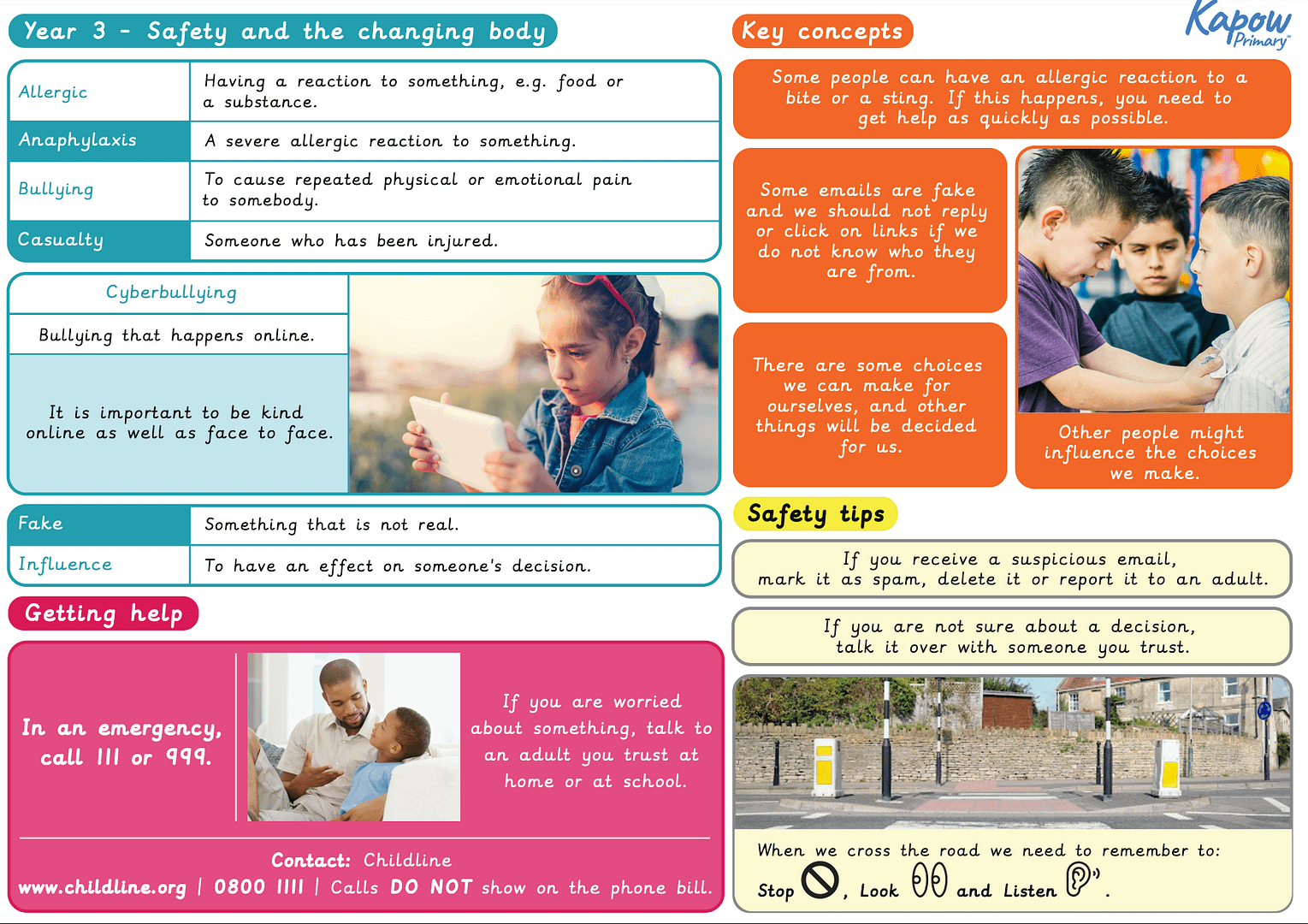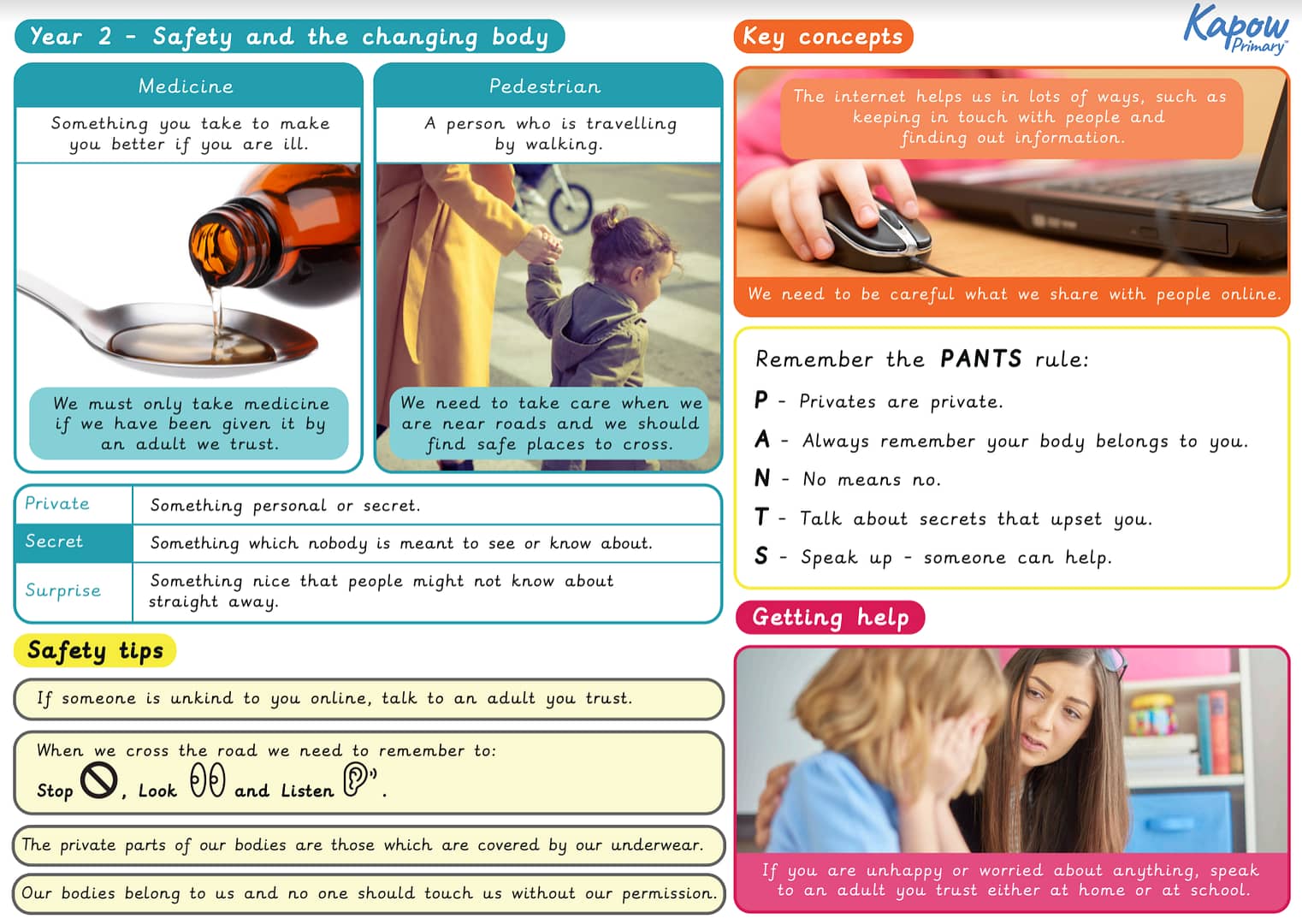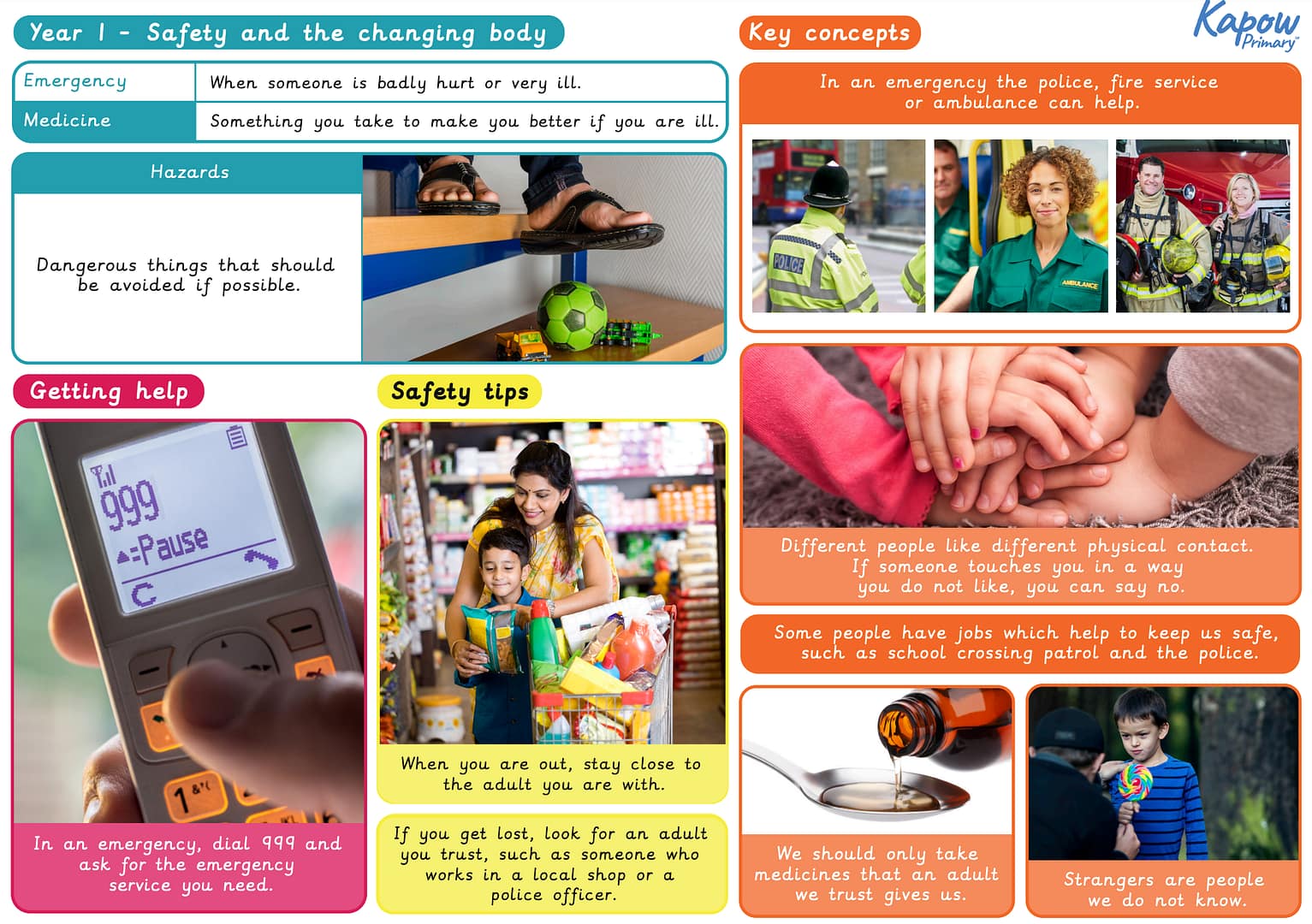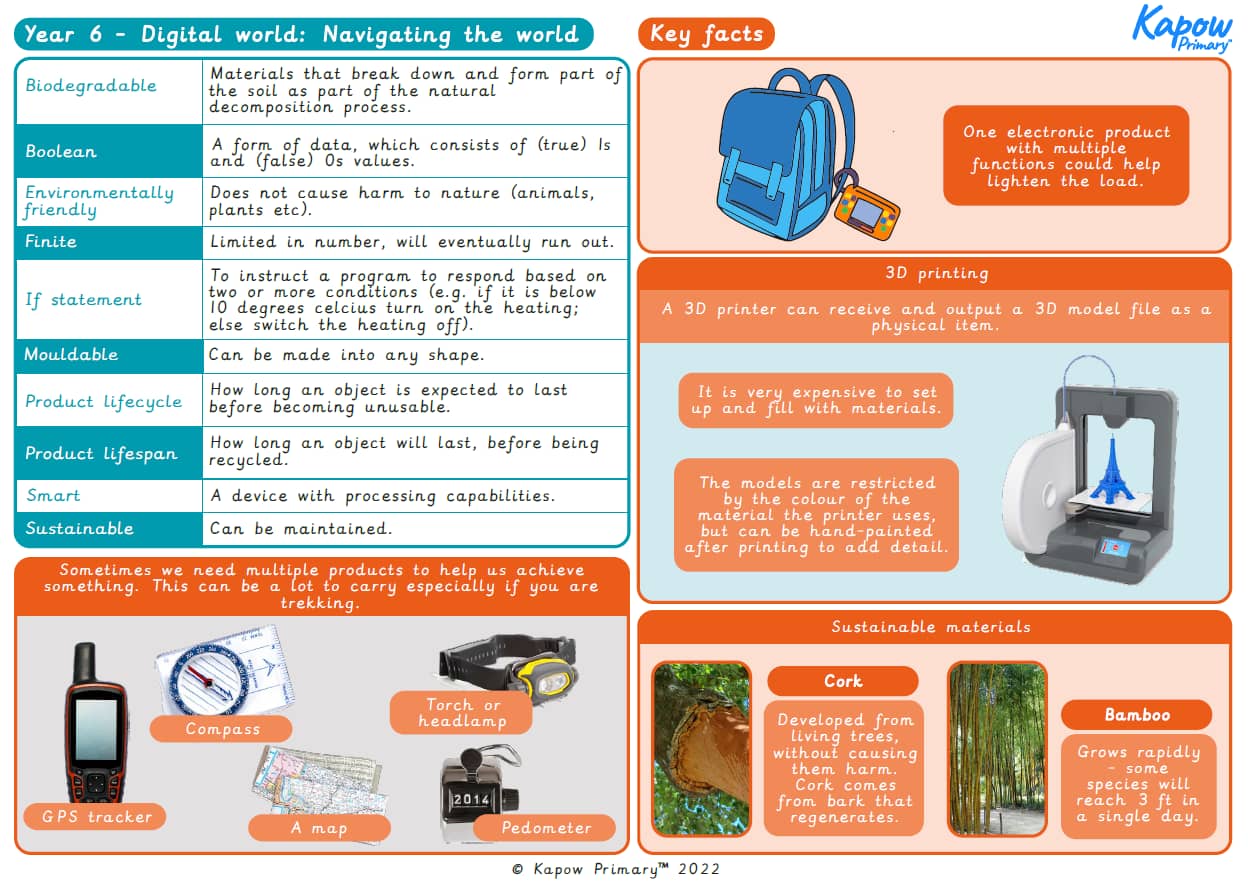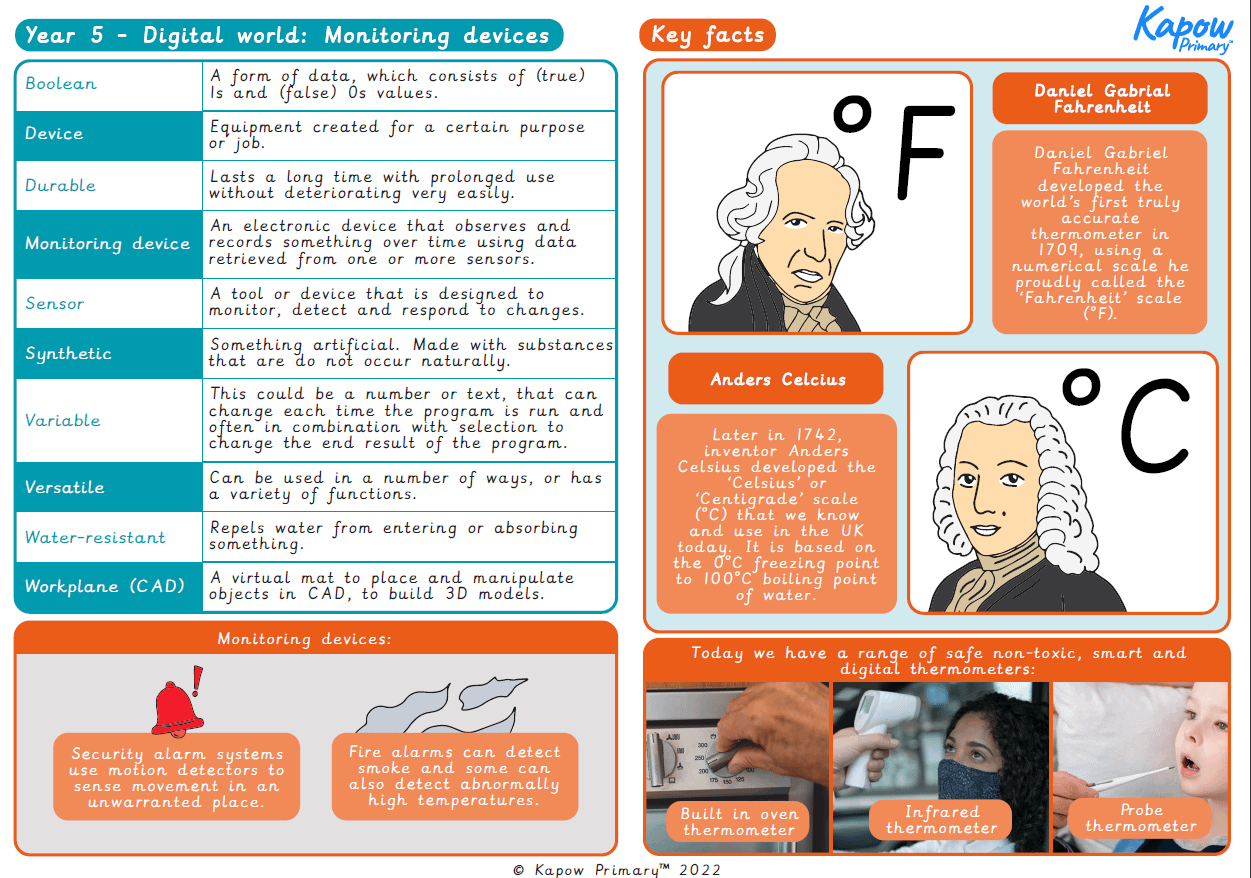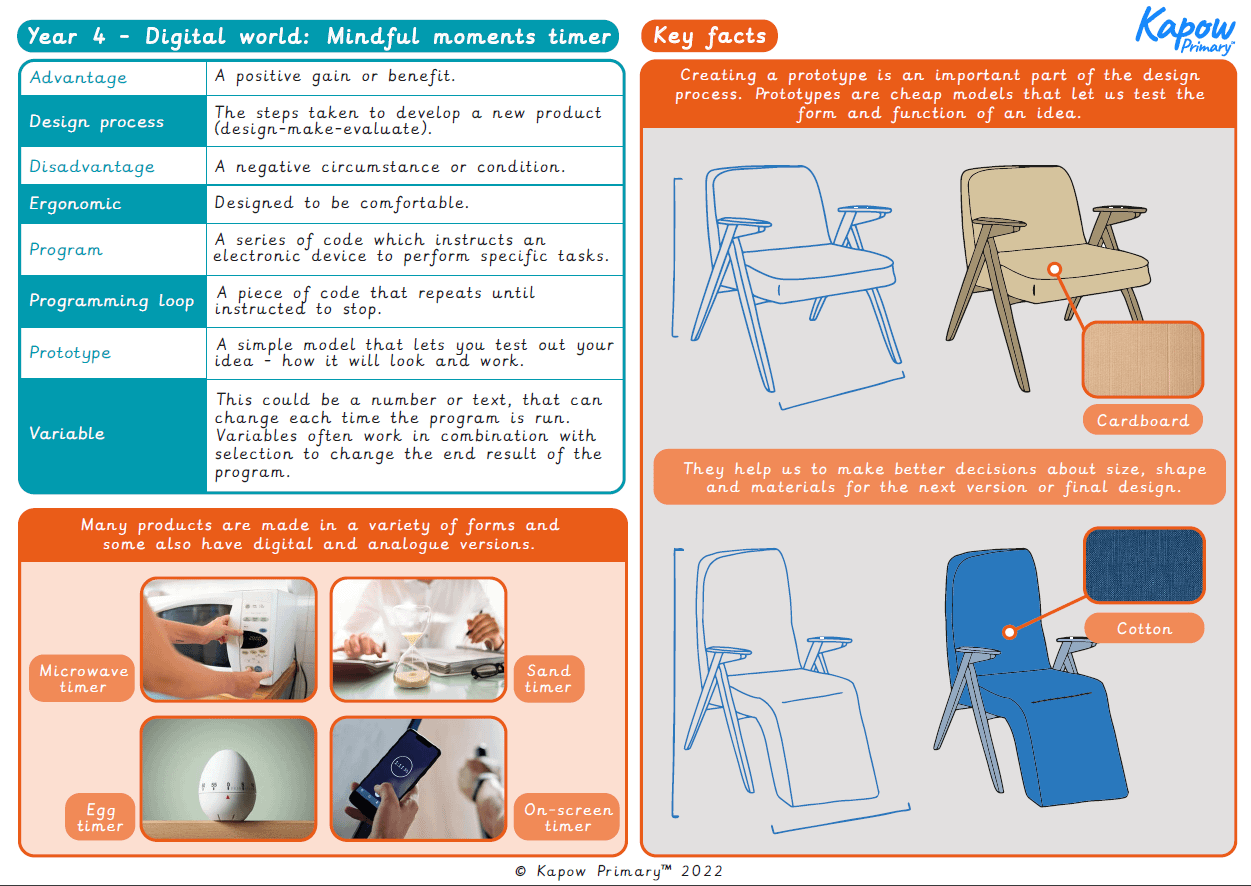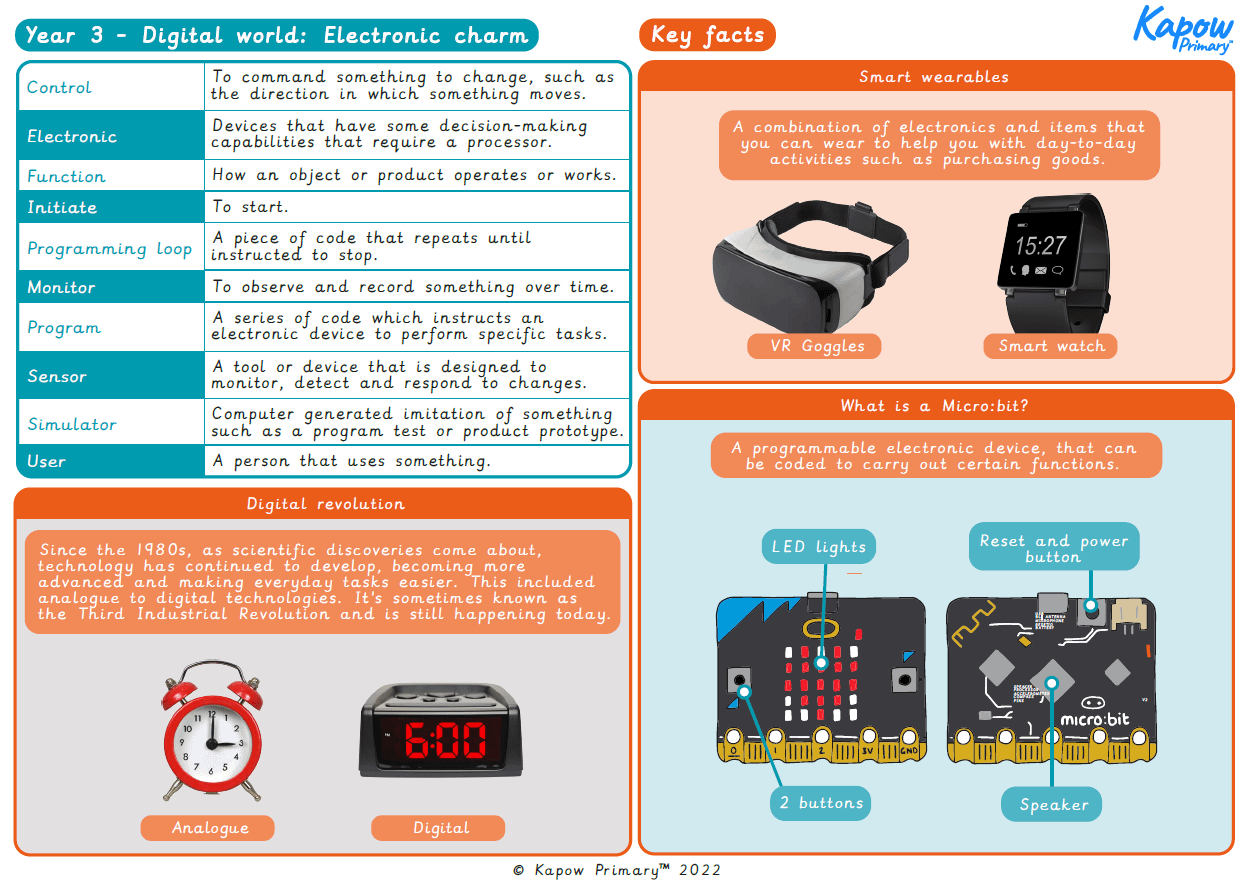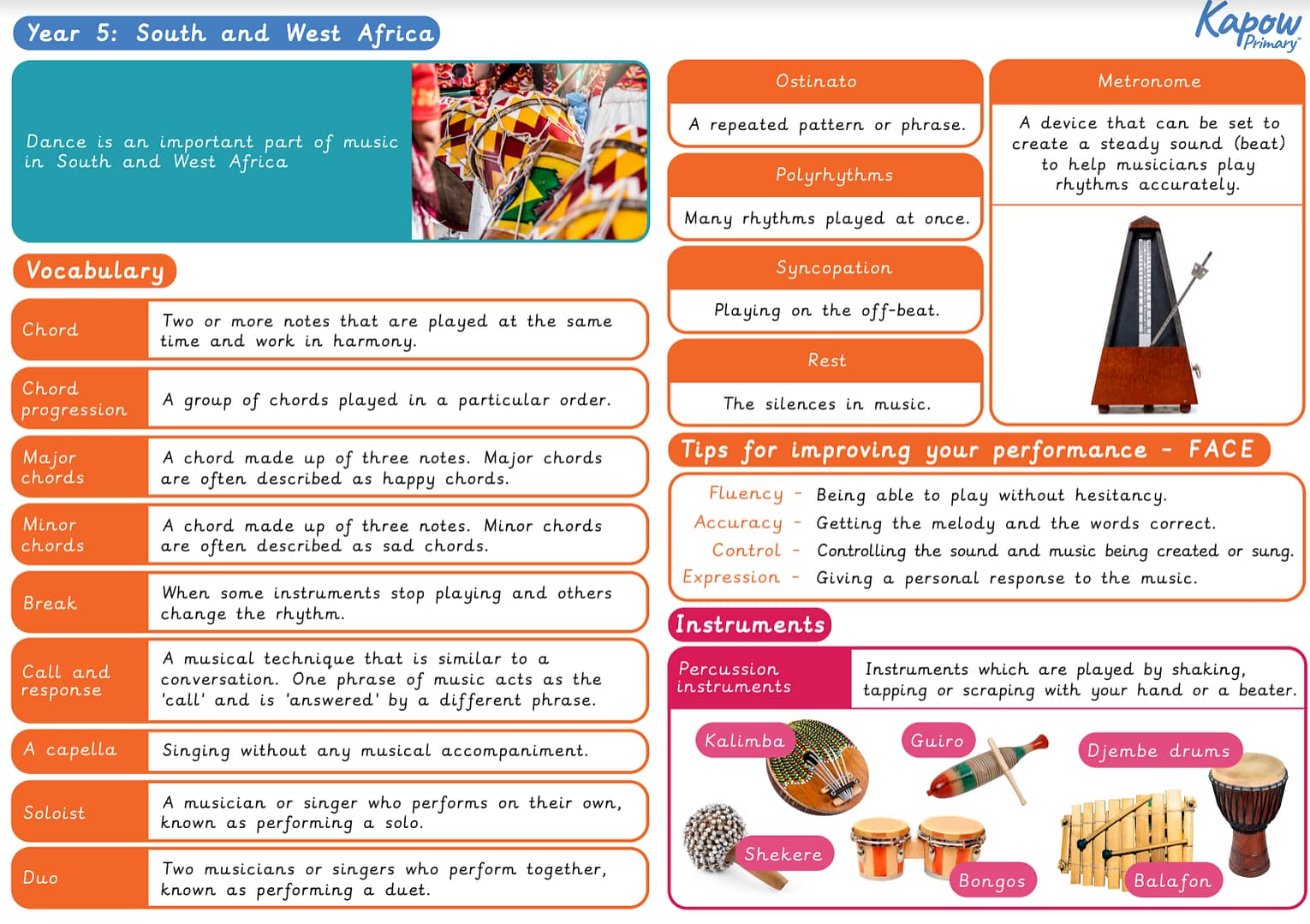Featured Document Type: Knowledge organiser
Knowledge organiser: RSE & PSHE – Y2 Safety and the changing body
Knowledge organiser: RSE & PSHE – Y1 Safety and the changing body
Knowledge organiser: DT – Y6 Digital world: Navigating the world unit
Knowledge organiser – DT Y5: Digital world: Monitoring devices
A Knowledge organiser that captures the essential knowledge and skills learnt throughout the unit Design and Technology (D&T), Year 5, Digital World: Monitoring devices.
This Design and Technology resource is designed to support the pupils as they explore how digital systems are used in product design and development. It introduces key vocabulary such as sensor, microcontroller, input, output, and algorithm, helping the pupils understand how digital technologies enable automation and interactivity. The pupils will also learn about computer-aided design (CAD) and how digital tools assist in prototyping and testing.
Knowledge organiser – DT Y4: Digital world: Mindful moments timer
A Knowledge organiser that captures the essential knowledge and skills learnt throughout the unit Design and Technology (D&T), Year 4, Digital World.
This Design and technology resource is designed to support the pupils as they explore using digital technologies in product design. It introduces key vocabulary such as input, output, sensor, algorithm, and prototype, helping the pupils understand how digital systems are used to create interactive and automated products. The pupils will also learn about computer-aided design (CAD) and how digital tools assist in the design and testing process.

